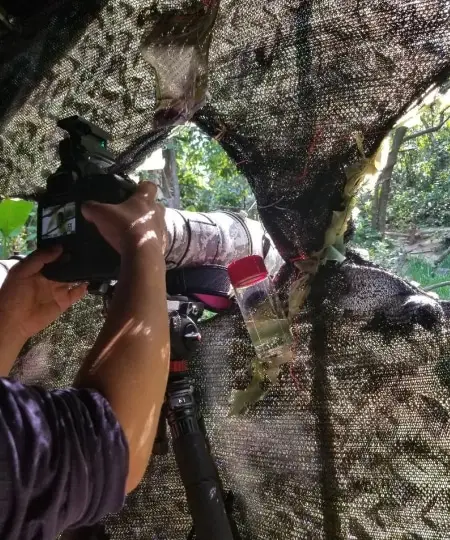In the August 2019 Special Edition of Duke Magazine, Dr. Stuart Pimm shares his observations from a recent visit to China.
A TOAST AT THE FRONLINE
Of What Use is Biodiversity?
August 15, 2019: Stuart Pimm
I stand on a small tributary of the Irrawaddy River. Across it is Myanmar—formerly Burma: I’m about as far west in the Chinese province of Yunnan as I can be. Borders between countries fascinate, for they illuminate different experiments in how we manage our natural world. Across the river, the land is going up in smoke. There’s a dense blue haze. At night, I see dozens of small fires, while overhead a satellite maps them from their thermal infrared radiation.
On returning to Duke, I look at what those maps show. China’s border is obvious. For a thousand miles along its southern and southwestern frontier, it has very few fires, while thousands carpet the land of its immediate neighbors.
Across the river unfolds a human tragedy, repeated across the developing world. Poor farmers burn the land each year to clear forests and brush and to enrich the poor soils with the nutrients the burning releases. On steep slopes, the inevitable heavy rains will wash away those nutrients, the soils, and often people’s homes too. The land’s fertility degrades each burning season.
Globally, burning tropical forests adds 4 billion tons of carbon dioxide into the atmosphere a year, almost as much as all the emissions in the U.S. and more than those from the European Union.
Copyright 2025 Saving Nature | fGreen Theme powered by WordPress

